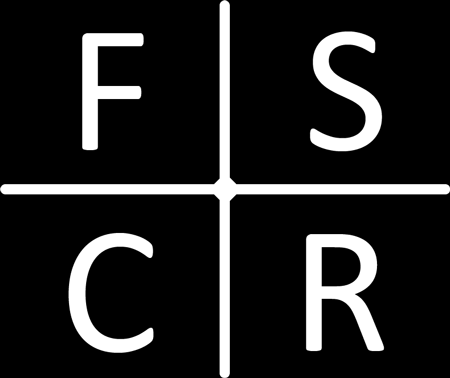Hamstring strain injuries (HSI) are a common injury in many popular team sports and they lead to the loss of many hours of training and competition, as well as a very high re-injury rate. The average hamstring injury burden in professional male footballers is 19.7 days per 1000h (annual average increase 4.1%; (1). The demands of the modern day game continue to place greater stresses to the body. Recent research from the University of Gothenborg showed that top-class football nowadays is more demanding than ever on the players. In the English Premier League, high-intensity running has increased by 50% in the last 10 years (2). For players and practitioners alike, this presents different challenges from previous years such as ensuring players are fatigue resistant, have a high ability to recover quickly and have the capabilities to perform these repeated high intensity actions.
Unfortunately, with HSI, it is not always black and white as to the cause of injury. Traditionalists cite issues with flexibility, strength, core stability & muscle architecture as some possible factors. Modernists suggest it may more likely be the interaction from all of these creating a multi-faceted cause to injury risk (3).
The purpose of this paper was to assess whether muscle activation of the hip and trunk muscles during the acceleration phase of sprint running is related to the risk of HSI in amateur football players. Electromyography (EMG) was used to measure muscle activation in 51 amateur football players (36 non-injured & 15 injured) during front swing, stance and back swing phase of running recorded in a 15-25m section during a 40m sprint. The muscles included were proximal to bicep femoris (generally most common hamstring injury; 4) which included external and internal obliques, thoracic erector spinae, lumbar erector spinae, gluteus maximus, medial hamstring and the biceps femoris itself.
Non-injured athletes displayed higher gluteus maximus EMG amplitudes in the front swing phase, and higher trunk muscle EMG amplitudes in the back-swing phase of the sprinting test. The researchers within the paper concluded that higher levels of gluteus maximus and trunk muscle activation in the flight phases of sprinting were prospectively associated with a lower risk of HSI during subsequent follow up.
By gaining a deeper understanding of the game demands, and the importance of muscle activation prior to high intensity actions it allows players and practitioners to better prepare for the challenges ahead. Pre-activation/warm up routines should look to incorporate exercises that specifically protect against HSI. For a pre-activation warm up which specifically addresses this issue, check out the video below.
-
Mini band walks
-
Glute Bridge
-
Marching glute bridge
-
Leg Lowers
-
Leg Lowers w/ ext.
-
Arabesque w/ high knee drive
References
1. Ekstrand, J., Walden, M., & Hagglund, M. (2016). Hamstring injuries have increased by 4% annually in men’s professional football since 2001: A 13-year longitudinal analysis of the UEFA Elite Club injury study. British Journal of Sports Medicine, 50, 731-737.
2. Fransson, D., Krustrup, P., & Mohr, M. (2017). Running intensity fluctuations indicate temporary performance decrement in top-class football. Science and Medicine in Football, 1, 10-17.
3. Schuermans, J., Danneels, L., Van Tiggelen, D., Palmans, T., & Witvrouw, E. (2017). Proximal neuromuscular control protects against hamstring injuries in male soccer players: A prospective study with electromyography time-series analysis during maximal sprinting. The American Journal of Sports Medicine, 45, 1315-1325.
4. Koulouris, G., & Connell, D. (2003). Evaluation of the hamstring muscle complex following acute injury. Skeletal Radiology, 32, 582-589.
